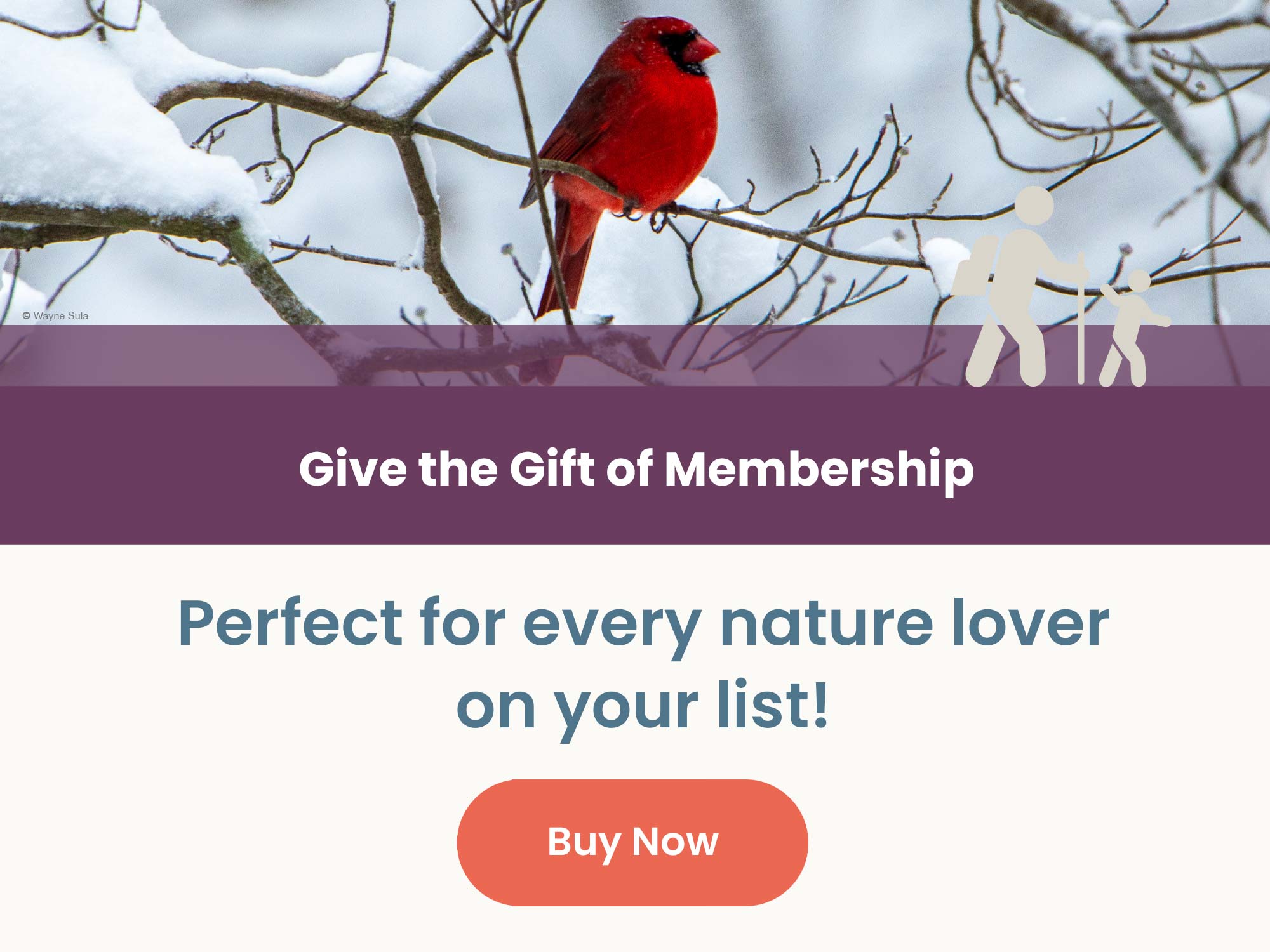The rescued animals that live at Trailside Museum, because they would no longer survive in the wild, require regular enrichment activities to keep their lives full and interesting.
Favorite Methods of Enrichment
Novel objects like balls, holl-ee rollers, kongs, etc., or things like boxes, bags, and other items made from the recyclable items people donate make mealtime more interesting as they encourage chasing, biting, and shredding to get to the food hidden inside.
Food dispensers/puzzles specifically target foraging and feeding behaviors because the animals must manipulate these objects to produce food.
Novel food items like pumpkins around Halloween, ice treats in the summer, and live insects for the turtles, help mimic the varied diet items animals encounter in the wild and keep their diet from getting stale, while stimulating their senses.
Sense targeting (smells, sounds, touch, visuals) stimulates their senses in an otherwise stagnant environment and encourages scent-marking, digging, and stalking, which are important natural behaviors. Smells like spices and essential oils, sounds like music, touch like different substrates, brushes, and more, and visuals like videos are often used.
Social needs can’t always be met with companion animals. Stuffed animals, mirrors, scents of animals that are the same species, and interaction with the keepers provide physical interaction and bonding in a similar way.
New areas to explore stimulate and engage all the senses. Moving certain animals to outside exhibits in warmer months gives them a chance to change up their scenery. Giving birds “free flight” time in a larger space helps them safely experience flying regularly. Taking birds on walks around the property tethered on glove with the educators provides a lot of new sensory input and another chance to feel the wind through their wings.
Environmental manipulation increases activity levels in captive animals as they move around and investigate the changes. Moving perches, adding/removing “furniture” (like hides, stumps, rocks, etc.), and adding new substrate are all easy ways to keep exhibits fresh and exciting for the animals.
Animal Ambassadors at Trailside Museum
None of the animals at the Blue Hills Trailside Museum could survive without human help due to being orphans raised by humans, permanently disabled by injury, born in captivity, or impossible to return to their exact habitat (which is critical for reptiles).
These animals, which represent some of the species that are native to Massachusetts, give visitors the opportunity to experience the rich variety of life found in this area. Animal Ambassadors spread awareness and spark curiosity in younger generations when they are brought to schools, large events, programs, and around the grounds and provide an up-close introduction and education on their species. If you visit on the weekend, you may luck out with your very own Animal Ambassadors demonstration!
Stay Connected
Get the latest on all things happening across the Metro South.









